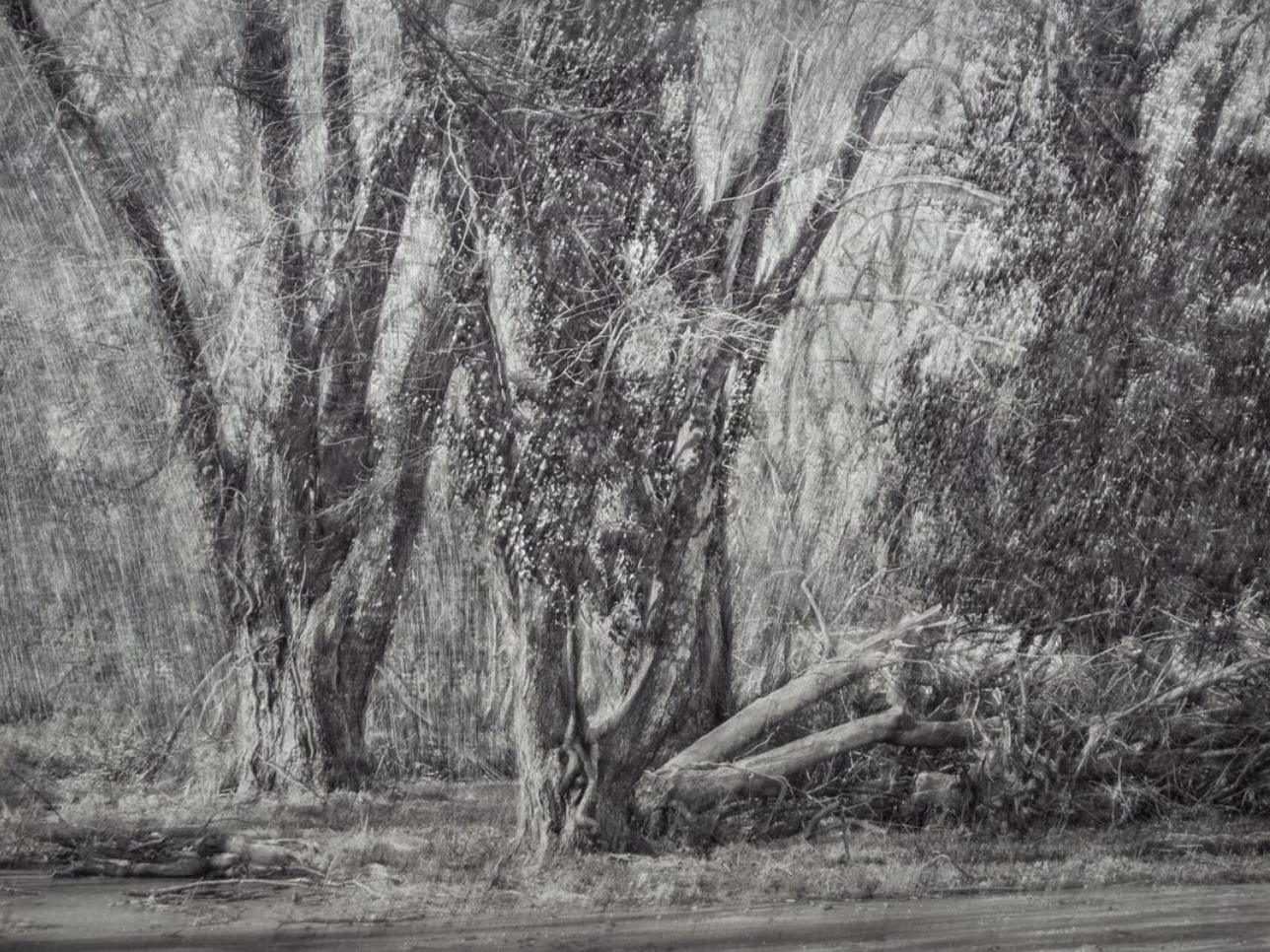Photographic paper suspended in resin. Timber-like sculptures made from images of trees. A croquet set in miniature made with photo remnants.
All of these and more helped Sarah Hood Salomon earn her Master of Fine Arts in Photography from Maine Media College in May 2023. We spoke with Sarah, a MEG member since 2018, to learn more about the work that culminated in her new degree, the ways in which she grew as an artist during her three years of study, and what comes next for her professionally. She also shares some advice for anyone considering an MFA degree of their own.
Tell us about your journey to an MFA. As an accomplished photographer already, what motivated you to pursue an MFA? I’ve always wanted to pursue an MFA in Photography to push myself and be challenged to take my work to the next level. The timing was right to enter the program, and it gave me a green light to explore and do more.
How did the MFA program help you grow as an artist? I came out a really different artist. Having both academic and studio mentors meant I was encouraged and pushed in multiple ways. Sometimes in the moment the pushing felt hard, but it was exactly what I needed to move forward. As an example, early in the program I had photographed telephone poles from 360 degrees and created small, 12” cylinders out of the resulting images. Scott Fuller, one of my mentors, challenged me to make them bigger to understand and show that the way you experience something changes when it is the size of your body. I never would have explored the use of scale in that way without his push.
Tell us about your thesis project. My thesis project has an unusual origin. It was the beginning of the pandemic, my computer was dying, my printing paper had been discontinued, and all my prints were turning out a horrible shade of magenta. In frustration I grabbed a piece of sandpaper in order to ruin a magenta print, but I ended up liking the sanded photo a lot.
I began to apply the technique to other images. Soon I was intrigued not just by the altered images, but also by the ink filings that were left behind. I considered ways the filings could be incorporated into my art and started suspending them in resin, which was a completely new artistic medium for me. This led me to explore the relationship between destruction and creation, and I started photographing trees on properties that were slated to be redeveloped. The scratched images from this series and accompanying sculptures made from the filings became a central part of my thesis. The sculptures took many different forms, but each represented the interference these trees had experienced – whether as living entities or as captured images – and their reshaping into a different form.
What’s next for you? I’d like to explore using products other than resin as I continue this work. Unfortunately, resin is not biodegradable., and I think there is both environmental and artistic value in investigating other mediums that will degrade over time. I also plan to continue my work with trees. I think there’s a lot to say about trees as survivors, for example.
Do you have any advice for others who may be considering an MFA in photography? I encourage anyone who is interested to pursue it. I grew exponentially, and I was challenged by things I never would otherwise have considered. Look closely at the available programs to find one that fits your life as it is a commitment There are full-time programs, part-time programs, programs that meet virtually for most of the class and others that are entirely in-person. Choose a program because you love it and then give yourself the freedom to focus on your creativity. You won’t regret it.



